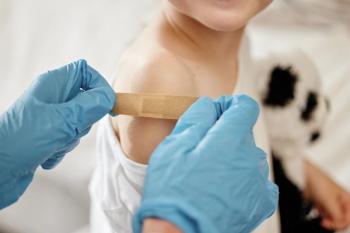
Fun Fact: What Were Two of the Most Prized Medical Items in the Medieval Period?
Key Takeaways
- Castoreum, from beaver scent glands, was mistakenly believed to be in testicles, leading to widespread harvesting and a self-castration legend.
- Ambergris, sourced from sperm whale intestines, was as valuable as gold and used in medicine and perfumery.
During medieval times, there were few items more desirable at a medical dispensary than these 2 products derived from animals.
Question: What were 2 of the most prized medical items in the medieval period?
Answer: Castoreum and ambergris
During medieval times, there were few items more desirable at a medical dispensary than castoreum and ambergris.
Throughout this period, castoreum was thought to be helpful for most medical conditions, with the exact condition changing over time. Found in the scent glands of beavers, castoreum is a yellow fluid that beavers use to mark their territories.
Unfortunately, people also were quite certain at this time that castoreum was found in beaver testicles. This belief was regrettable not only for those attempting to harvest castoreum, but especially for the beavers because castoreum was indeed not located in beaver testicles. Yet, the truth of castoreum being produced in beaver scent glands was not yet widely known or accepted by people of the era, leading beaver-testicle harvesting to be a common endeavor of the time.
The trend of beaver-testicle harvesting was, in fact, so popular that a common medieval legend surfaced that beavers had become so weary of their testicles being harvested that they would bite them off themselves upon seeing a human approaching. The beavers would then throw their testicles at the approaching oppressor before scurrying to what would become a testicle-free life. However inaccurate this medieval legend was, it did nothing to deter beaver-testicle harvesters from their prey.
Ambergris, like castoreum, was also found inside an animal, but instead of the land-dwelling beaver, ambergris was found in the intestines of a sperm whale. Ambergris was used both by physicians and by perfume makers throughout the centuries to enhance the efficacy of their products, medicinal or otherwise.
Ambergris was such a valuable commodity in the medieval period that it was roughly akin to its weight in gold due to how rare it was, since capturing and obtaining the liquid was far more difficult to accomplish with a sperm whale than it was with a beaver.
Nonetheless, ambergris was believed a panacea that could cure everything from headaches, colds, heart disease, and epilepsy. During plagues, ambergris was even believed to be a plague deterrent for those wealthy few who could afford it.
REFERENCE
Kang L, Pedersen N. Quackery: A Brief History of the Worst Ways to Cure Everything. New York, NY: Workman Publishing; 2017.
Newsletter
Stay informed on drug updates, treatment guidelines, and pharmacy practice trends—subscribe to Pharmacy Times for weekly clinical insights.














































































































































































































